The Beauty of Repair
May 24, 2023
Listen to my voiceover here.
One of my all-time most inspiring sustainability colleagues is Claire Beaumont, an expert in all things repair. I’m starting this week’s newsletter off with her thoughts:
“I’m excited about repair because it feels like a huge empty playground with room for everyone. Play is the emphasis here because it is important to me that we focus on the exciting aspects of repair - not just the doom and gloom narratives that are dominant in the sustainability conversations. We shop because it feels good. We need to repair things because it feels good. It needs to add value to our lives and garments. Repair gives us an opportunity to reframe the story and reclaim it. Choosing to repair or reimagine the fast fashion piece or the family heirloom are equally radical, in my opinion.” - Claire Beaumont, Head of Repair, Foreverywear (and frequent Patagonia Worn Wear Wagon worker)
I met Claire when she was working for Filson at their Seattle flagship store. It had an in-store repair and reuse studio full of amazing machines that Claire actually knew how to use. She would sit in the studio, inside the store, and repair used Filson products. The repaired items with all their scars on full display would routinely sell quickly and for more than their new counterparts. It was a fantastic customer experience that completely underlined the incredible high-quality of Filson’s products.
Brands: if you make a gorgeous and durable product to begin with, good for you, you’re half way there on your circular journey. If you are willing to take that product back when your customer is done with it and then figure out the next best and highest use, that gets an A+ in my book. Let’s double down on the original labor and resources it took to make a high quality merino sweater, leather purse or canvas jacket. Let’s add more labor in the form of repair to make that item even more special and unique and keep it going to delight new and loyal customers. (Not to mention these types of collections are amazing visual stories, aka marketing.)
There are two categories of repair: invisible and visible.
Invisible repair is fixing something so that it isn’t noticeably altered - restoring it to the state it was originally. Things like fixing a zipper, mending a rip, darning a hole- they keep the product going without being noticed.
A few vendors for invisible repair are:
mendit, a new company offering repairs nationally by connecting local repair technicians via an app. Kaitlyn, their Chief Strategy Officer, says, “I'm excited to raise awareness about and remove barriers to more sustainable consumption (SDG 12). By "commoditizing" repair and making it convenient and accessible, we are making more sustainable behaviors easy and fun!”.
Sojo UK, an interesting company in the repairs and alterations space.
Alternew is a bit more focused on alteration, but also does repairs.
Hemster offers refurbishment among other services.
The Renewal Workshop at Bleckmann offers all kinds of circular services including repair.
Make Aneew does visible and invisible repairs.
A couple of great, branded repair programs:
Nudie Jeans Re-use has been repairing their denim for a long time and are in the forefront of repair and reuse. They offer free repairs for life, and they have repair stations in their retail stores, giving their customers another reason to walk in the door.
Patagonia’s Worn Wear Wagon has been around since 2015 and enables Patagonia’s customers to really interact with the repair of their items.
I want to see more brands offer repair as part of the value their customers receive by deciding to purchase from them. This is a huge step in the journey to becoming circular and builds customer trust and loyalty.
Visible repair is fixing something in a noticeable way - highlighting the repair. This can take many forms including embroidery, re-weaving in complementary colors, overdying, patching, etc. It is a highly creative process and is one of my favorite ways to extend the life of a durable good.
Years ago I worked with a repair technician on a visibly mended collection. In order to set up a system, we went back and forth, me setting out the creative direction of the visible mends (what color, what size of patch or embroidery, etc) and the technician would work on versions of those requests. Quickly, we established a language together and the technician developed her own intuition around what would work and what wouldn’t. We sold these items in the brand’s retail store where they served a dual purpose: they were featured as a special collection, providing visual interest (and sold at higher prices) and they further underlined a story around quality preloved clothes. A simple back-and-forth between two individuals can create a new process and new jobs leveraging the skills of an old process: repair.
Brands can and should establish visual guidelines for their visible mending collections so they remain on-brand and highlight the value of their products.
There are some vendors who offer visible repair, mending and reuse services:
Botanical Colors is the vendor EILEEN FISHER Renew uses to overdye their items and is run by the fantastic Kathy Hattori.
Atelier and Repair does visible repair collections and collaborations.
TERSUS Solutions offers a suite of recommerce services including visible and invisible repair (they are the back end of The North Face Renewed and REMADE).
Here are some branded visible-repair programs:
Toast Renewed is an in-house visible repair program that is gorgeous (I’m obsessed with their super high-quality and beautifully designed products!).
Eileen Fisher Renew has Indigo Overdye and The Mini Mend Collections. They have been doing Overdye for almost 10 years now!
Coach (Re)Loved is a great example of an in-house program that adds so much value to damaged items. When looking at a damage on a high-value and durable item, like a Coach bag, we should first acknowledge the inherent quality of the item. Coach bags last forever and are passed between generations, so visible repair (and the costs associated) are well worth the effort to keep these heirlooms going.
The North Face REMADE is a great example of using visually appealing patches to fix a damage and keep a high-quality garment (winter jackets) in use for as long as possible.
Other educational resources on repair and mending
Visible Mending by Kate Sekules
Mending Matters by Katrina Rodabaugh
If you want help setting up a visible repair program for your brand, let me know.
Thanks for reading- I hope this is helpful and a fun way to learn about the fashion circular economy (feedback welcome!).
-Cynthia
PS. I’m ending with a repair love note from another inspiring colleague, friend and expert recommerce marketer, Lilah Horwitz, Director of Content and Marketing for EILEEN FISHER Renew.
"Repair is as old as clothing. When we learned how to fashion our own garments, we simultaneously learned how to make them last. As we begin to unwind ourselves from the make-take-waste clothing industry, we value the act of repair. The most sustainable clothing you can buy are garments that have already been worn, and in order to make the highest number of used clothes available we need to mend and repair. Mending serves as an emotional connector to our clothing. It is lap work, associated with the care of a guardian. The more love and attention we infuse into garments, the longer they will live on our collective bodies.”





